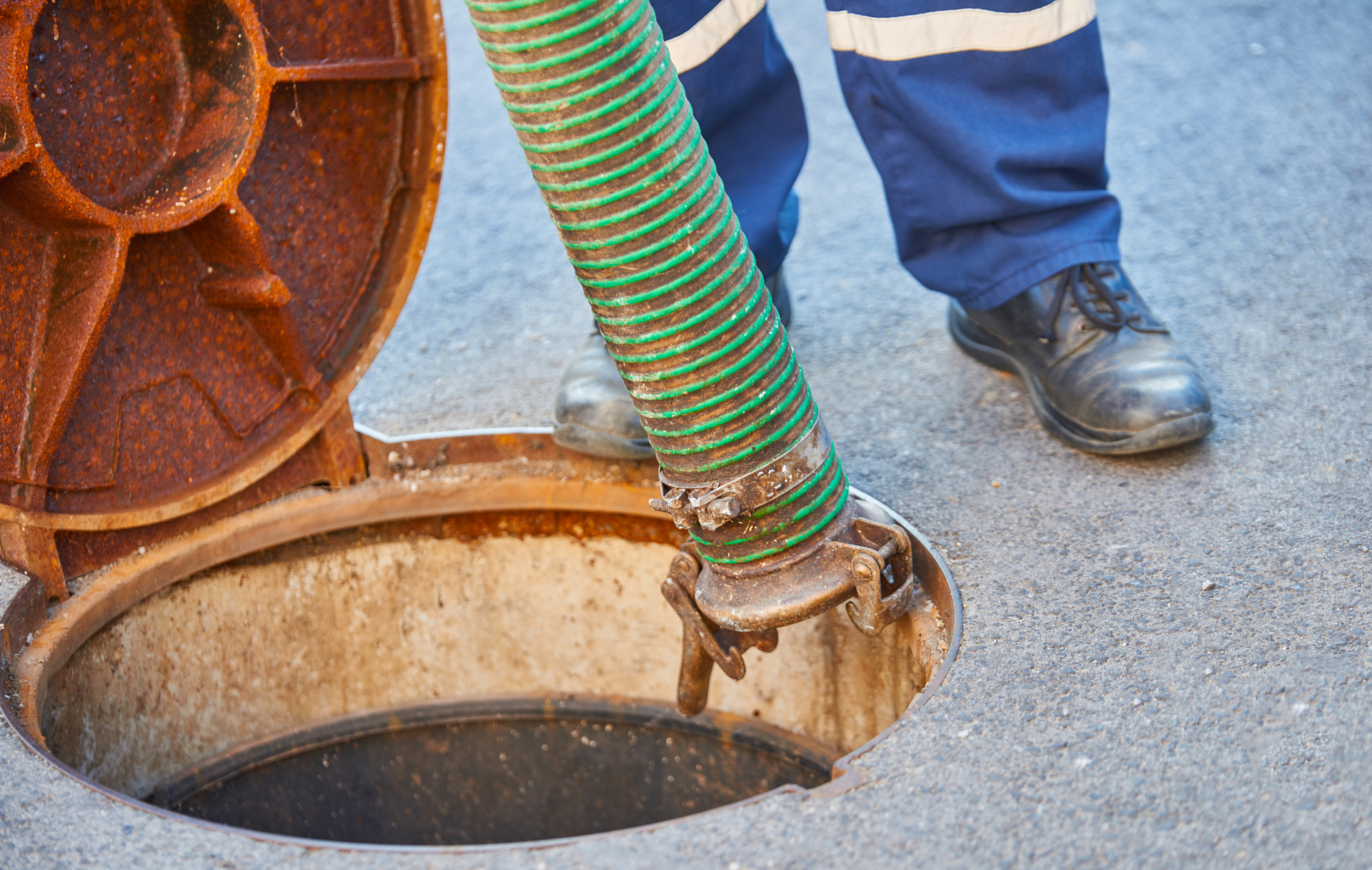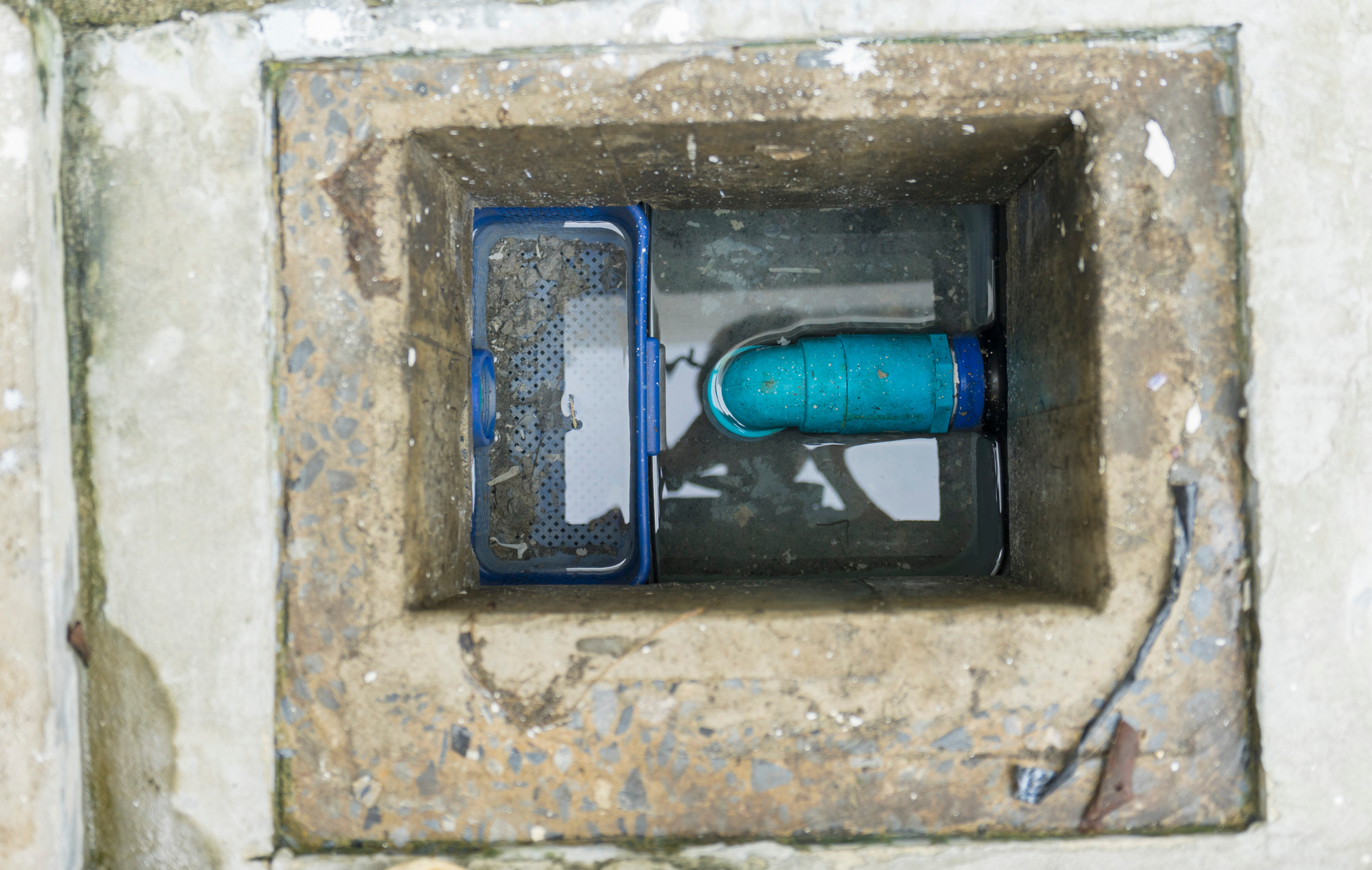What to Do When You Smell Septic Odors Inside Your Home
March 20, 2024
What to Do When You Smell Septic Odors Inside Your Home
Imagine this scenario: You're relaxing in your cozy Oxford, MS home, and suddenly, an unpleasant odor wafts through the air. It's a smell you can't ignore, one that makes you wonder if there's an issue with your septic system. If you've ever experienced this, you're not alone. Septic odors can be a cause for concern, but they don't have to spell disaster. In this guide, brought to you by Oxford Septic Service, we'll explore what to do when you encounter septic odors inside your home.
Understanding the Source of Septic Odors
Before diving into the steps to address septic odors, it's crucial to understand where these odors originate. Septic systems are designed to safely contain and treat wastewater, including sewage and other organic matter. When everything is functioning correctly, these systems should be airtight, keeping odors where they belong – in the septic tank and drain field.
However, several issues can disrupt this process and lead to odors inside your home:
Clogged or Blocked Vent Pipe: Septic systems have vent pipes that allow gases to escape safely into the atmosphere. If this vent pipe becomes clogged or blocked, gases can be forced back into your plumbing and, eventually, your home.
Dry P-Traps: The plumbing in your home contains P-traps – curved pipes that hold water and create a barrier to prevent sewer gases from entering your living spaces. If a sink, shower, or floor drain isn't used for an extended period, the P-trap can dry out, allowing odors to escape.
Drain Line Problems: Damaged or leaking drain lines can allow septic odors to enter your home. This issue often requires professional inspection and repair.
Septic Tank Issues: Problems within the septic tank, like a malfunctioning baffle or excessive sludge buildup, can lead to odors escaping.
Immediate Steps to Take
If you detect septic odors inside your home, here's what you should do:
1. Check for Open or Dried-Out Drains
Start by inspecting all your drains, including those in less-frequented areas like basements or spare bathrooms. Ensure that each drain has water in its P-trap by running water for a few moments. This can seal off any potential entry points for odors.
2. Inspect the Vent Pipe
If the issue persists, head outside and carefully inspect your septic vent pipe. Ensure it's free from obstructions like debris, leaves, or even small animals. If you find a blockage, remove it safely.
3. Consider Recent Activities
Think about recent activities that might have caused the odor. Have you had any plumbing work done, or has there been heavy rainfall that could have overwhelmed your system? These factors could be temporary causes of the smell.
When to Call in the Professionals
If the odor lingers or you suspect a more significant issue, it's time to call experts like Oxford Septic Service. Here are some scenarios that warrant professional assistance:
1. Persistent Odors: If the smell continues despite your initial checks and attempts to resolve it, a more in-depth investigation is needed.
2. Visible Septic System Problems: If you notice standing water, lush vegetation, or unusual depressions in your yard, it could indicate a problem with your septic system.
3. Slow Drains or Backups: If you're experiencing slow drains or backups in multiple areas of your home, it could be a sign of a more significant issue within your plumbing or septic system.
4. Health Concerns: If you or your family members experience health issues like headaches, nausea, or respiratory problems that seem related to the odors, it's crucial to address the situation promptly.
Preventing Future Odors
Once the issue is resolved, consider taking preventive measures to avoid septic odors in the future:
Regular Maintenance: Schedule routine septic system inspections and pumping with Oxford Septic Service to keep your system in top condition.
Use Water Regularly: Ensure all drains in your home receive regular use to maintain P-trap seals.
Avoid Harsh Chemicals: Be cautious with chemical drain cleaners, as they can harm your septic system. Opt for septic-safe products.
Mind What Goes Down the Drain: Avoid flushing or draining items like grease, paper towels, and non-biodegradable materials.
Prompt Repairs: Address plumbing issues promptly to prevent further damage to your septic system.
In conclusion, while septic odors inside your home can be distressing, they are usually solvable. By following these steps and seeking professional help when needed, you can maintain a healthy and odor-free septic system. Remember, Oxford Septic Service is your trusted partner for all your septic system needs in Oxford, MS.

Septic system failures can be costly, inconvenient, and hazardous to both property and health. Fortunately, with proper maintenance and proactive measures, many septic system failures can be prevented. In this guide, Oxford Septic Services shares valuable tips to help homeowners and businesses avoid septic system failures and ensure the long-term functionality of their systems. Chapter 1: Regular Maintenance Inspections Routine maintenance inspections are essential for identifying potential issues early and preventing costly repairs. Oxford Septic Services recommends scheduling regular inspections to assess the condition of your septic system and address any problems before they escalate. Chapter 2: Timely Septic Tank Pumping Regular septic tank pumping is crucial for removing accumulated solids and preventing clogs and backups. Oxford Septic Services advises homeowners to adhere to a consistent pumping schedule based on factors such as household size and usage to maintain optimal tank capacity. Chapter 3: Proper Waste Disposal Practices Improper disposal of household waste can overload septic systems and lead to system failures. Oxford Septic Services recommends avoiding flushing non-biodegradable items, grease, and chemicals down drains and toilets to prevent clogs and damage to the system. Chapter 4: Protecting the Drain Field The drain field plays a critical role in wastewater treatment and dispersal. To prevent drain field failure, Oxford Septic Services advises property owners to avoid parking vehicles or installing structures over the drain field and to maintain proper landscaping to prevent root intrusion. Chapter 5: Prompt Repairs and Maintenance Addressing minor issues promptly can prevent them from escalating into major septic system failures. Oxford Septic Services recommends contacting a professional at the first sign of trouble, such as slow drains, foul odors, or sewage backups, to prevent further damage. Chapter 6: Environmental Awareness Understanding the environmental impact of septic system failures can motivate property owners to prioritize proper maintenance and care. Oxford Septic Services emphasizes the importance of responsible waste management and eco-friendly practices to protect local water sources and ecosystems. Conclusion: By following these tips from Oxford Septic Services, homeowners and businesses can take proactive steps to prevent septic system failures and maintain the functionality of their systems for years to come. With regular maintenance, proper waste disposal practices, and prompt repairs, property owners can avoid costly and disruptive septic system failures and enjoy peace of mind knowing their systems are in good working order.

Oxford Septic Services plays a crucial role in ensuring the health and functionality of septic systems in our community. With years of experience and expertise, our team is dedicated to providing top-quality services to homeowners and businesses alike. In this guide, we'll explore the vital role that Oxford Septic Services plays in maintaining healthy septic systems and preserving the well-being of our environment. Chapter 1: Comprehensive Septic System Maintenance Oxford Septic Services offers comprehensive maintenance services designed to keep septic systems running smoothly. From regular inspections to proactive maintenance measures, our team ensures that septic systems remain in optimal condition year-round. Chapter 2: Professional Septic Tank Pumping Regular septic tank pumping is essential for preventing backups and maintaining the proper functioning of septic systems. Oxford Septic Services provides professional pumping services tailored to the unique needs of each property, ensuring efficient removal of waste and sludge. Chapter 3: Prompt Septic System Repairs When issues arise with septic systems, prompt repairs are crucial to prevent further damage and ensure continued functionality. Oxford Septic Services offers timely and reliable repair services, addressing issues such as leaks, clogs, and drain field problems with expertise and efficiency. Chapter 4: Expert Leach Field Services Leach fields are an integral part of septic systems, responsible for filtering and dispersing wastewater into the soil. Oxford Septic Services offers expert leach field services, including inspections, repairs, and installations, to ensure the proper functioning of this critical component. Chapter 5: Emergency Septic Services Septic emergencies can occur at any time, posing significant risks to property and health. Oxford Septic Services offers emergency services around the clock, providing prompt response and effective solutions to mitigate damage and restore functionality. Chapter 6: Residential and Commercial Solutions Whether it's a residential property or a commercial establishment, Oxford Septic Services offers tailored solutions to meet the unique needs of each client. From small homes to large commercial properties, our team has the expertise and resources to handle any septic system challenge. Chapter 7: Environmental Stewardship At Oxford Septic Services, we are committed to environmental stewardship and sustainable practices. We prioritize eco-friendly solutions and responsible waste management techniques to minimize our impact on the environment and protect natural resources. Conclusion: Oxford Septic Services plays a vital role in maintaining healthy septic systems and preserving the well-being of our community. With comprehensive maintenance services, prompt repairs, and a commitment to environmental stewardship, our team ensures that septic systems remain in optimal condition for years to come. Trust Oxford Septic Services for all your septic system needs and experience the difference firsthand.
